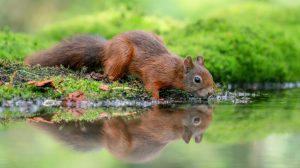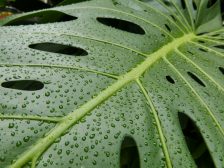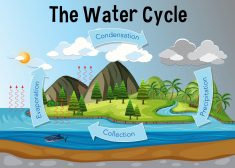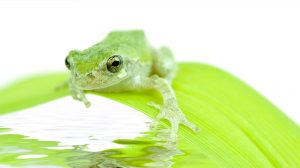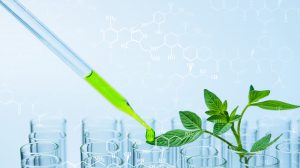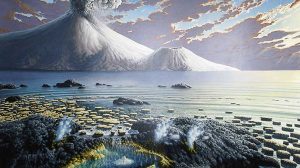Doderlein’s bacillus is a large, Gram-positive bacterium found in vaginal secretions. It is named after the German obstetrician and gynecologist, Albert Doderlein, who is regarded as one of the founders of gynecological bacteriology. He was the first to describe the vaginal microbe (in 1892) as a long, thick, non-motile bacillus. Accordingly, this microbe produces lactic acid that has bactericidal action, inhibiting the growth of other microbes, such as staphylococci. Thus, Doderlein’s bacillus provides some sort of protection in the vagina against certain potentially harmful bacteria. Doderlein’s bacillus is part of the normal microbiota in the vagina. Apparently, it establishes for two or eight weeks after birth. This is followed by a change in the floral composition, with Doderlein’s bacillus being seldom on it. Nevertheless, the normal microbiota is predominated again by lactobacilli at puberty and throughout the reproductive period. Doderlein’s bacillus is presumed to be Lactobacillus acidophilus but no consensus has been reached.
See also
- Lactobacillus acidophilus
References
- Lash, A. F., & Kaplan, B. (1926). A Study of Döderlein’s Vaginal Bacillus. The Journal of Infectious Diseases, 38(4), 333–340. Retrieved from https://www.jstor.org/stable/30083253?seq=1#page-scan-tab-contents
- Rogosa, M., & Sharpe, M. E. (1960). Species Differentiation of Human Vaginal Lactobacilli. Journal of General Microbiology, 23(1), 197–201. https://doi.org/10.1099/00221287-23-1-197
© Biology Online. Content provided and moderated by Biology Online Editors
